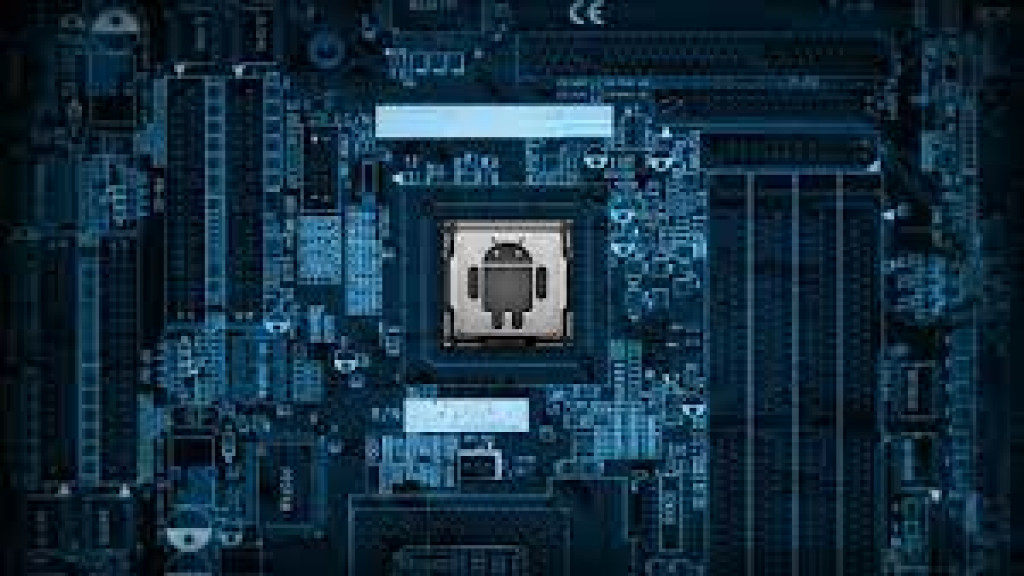Introduction to Operating System
An operating system(OS) is a system software that manages computer hardware software resources and provides common services for computer programs ,excluding firmware ,require an operating system to function.
Time sharing operating systems schedule tasks for efficient use of the system and many also include accounting software for cost allocation of processor time, mass storage, printing and other resources.
For hardware functions such as input and output and memory allocation, the operating system acts as an intermediary between programs and the computer hardware, although the application code is usually executed directly by the hardware and frequently makes system calls to an OS function or is interrupted by it. Operating systems are found on many devices that contain a computer - from cellular phones and video game consoles to web servers and super computers.
The dominant desktop operating system is Microsoft windows with a market share of around 77.74%. MacOS by Apple Inc. is in second place (11.2%) and the variety of Linux are collectively in third place (1.55%). In the mobile sector, according to third quarter 2016 data, Android by Google is dominant with 87.5% and a growth rate of 10.3 percent per year. Linux distributions are dominant in the server and supercomputing sectors. Other specialized classes of operating system such as embedded and real time systems exist for many applications .
Types of Operating Systems
Batch Operating System
In the 1970s, Batch processing was very popular. In this technique, similar types of jobs were batched together and executed in time. People were used to having a single computer which was called a mainframe.
In Batch operating system, access is given to more than one person; they submit their respective jobs to the system for the execution. The system put all of the jobs in a queue on the basis of first come first serve and then executes the jobs one by one. The users collect their respective output when all their jobs get executed.
The purpose of this operating system was mainly to transfer control from one job to another as soon as the job was completed. It contained a small set of programs called the resident monitor that always resided in one part of the main memory. The remaining part is used for servicing jobs.
ADVANTAGES OF BATCH OS
- The use of a resident monitor improves computer efficiency as it eliminates CPU time between two jobs.
Disadvantages of Batch OS
. Starvation
Batch processing suffers from starvation.
For Example:
There are five jobs J1, J2, J3, J4, and J5, present in the batch. If the execution time of J1 is very high, then the other four jobs will never be executed, or they will have to wait for a very long time. Hence the other processes get starved.
. Not Interactive
Batch Processing is not suitable for jobs that are dependent on the user's input. If a job requires the input of two numbers from the console, then it will never get it in the batch processing scenario since the user is not present at the time of execution.
SINGLE AND MULTITASKING
A single tasking system can only run one program at a time, while a multitasking operating system allows more than one program to be running in concurrency. This is achieved by time sharing, dividing the available processor time between multiple processes that are each interrupted repeatedly in time slices by a task scheduling subsystem of the operating system. Multitasking may be characterized in preemptive and cooperative types. In preemptive multitasking, the operating slices the CPU time and dedicates a slot to each of the programs. Unix-like operating systems eg Solaris, Linux as well as Amiga OS support preemptive multitasking. Cooperative multitasking is achieved by relying on each process to provide time to the other processes in a defined manner. 16-bit versions of Microsoft windows used cooperative multitasking. 32-bit versions of both windows NT and win 9xused preemptive multitasking.
SINGLE AND MULTI USER
Single user operating system have no facilities to distinguish users, but may allow multi program s to run in tandem . A multi user operating system extends the basic concept of multi tasking with facilities that identify processes and resources ,such as diskspace ,belonging to multiple users and the system permit multiple users to interact with the system at the same time .Time sharing operating systems schedule tasks for efficient use of the system and may also include accounting software for cost allocation of processor time,mass storage, printing and other resources to multiple users.
- Ugochi Babatunde
- Mar, 31 2022

